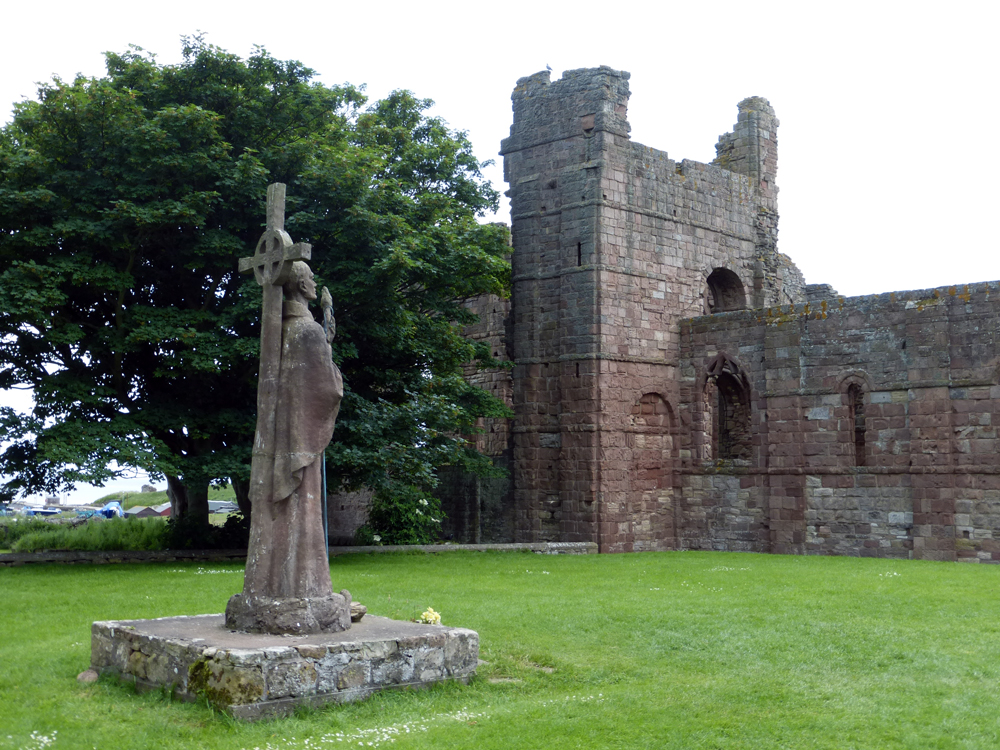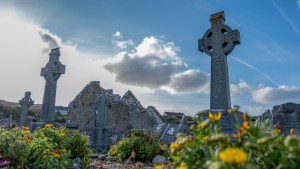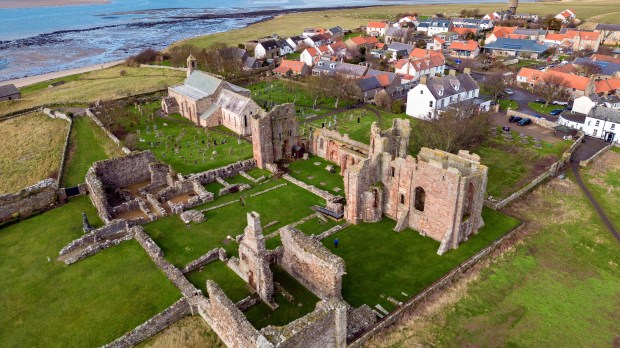The Wexford-Pembrokeshire Pilgrim Way, established by Pilgrim Paths Ireland and The British Pilgrimage Trust, is poised to become a popular European pilgrim route. Taking an average of nine days to walk, the new path goes from Ireland to Wales (with an Irish Sea crossing in between), following St. Aidan’s 7th-century journey as he traveled from Ferns, in Ireland, to meet his teacher and mentor, St. David, in Wales.
St. Aidan, also known as Aidan of Lindisfarne, was a significant figure in the early Christian history of Ireland and the British isles. Born in Ireland in the 6th century, Aidan became a monk and was later chosen to establish a monastery on the island of Lindisfarne, off the northeast coast of England.

As he intended to bring Christianity to the Anglo-Saxon kingdoms of Northumbria, his approach to spreading the faith was characterized by his ability to connect with people from all walks of life. Indeed, he played a vital role in the conversion of King Oswald of Northumbria, becoming the king’s spiritual advisor. However, Aidan’s influence extended beyond religious matters: he was also a champion of education and founded a school at his monastery to train both clergy and laypeople. His emphasis on education helped to foster a culture of learning and intellectual growth in Northumbria.
Aidan’s legacy endured long after his death in 651: Lindisfarne became a center of Christian scholarship and missionary work, attracting scholars and monks from across Europe. His life and work inspired generations of Christian scholars and monks, and left a lasting impact on the spiritual and intellectual development of England.
The impact of the meeting between Aidan and David, his mentor, was felt far and wide across Ireland, Wales and beyond, leading to the establishment of new churches and monasteries and a flourishing of Celtic culture in the Age of the Saints. This route intends to bring pilgrims to cover Aidan’s trip, staying one night in each community along the way.
As read in Irish Central, tour guide Iain Tweedale explained that “pilgrimage is the largest growth area in tourism now. And the beautiful landscapes, nature, and art of Pembrokeshire, along with the destination of St. David’s Cathedral and its connections to Ferns in Co. Wexford, make this route unique and distinctive.”



